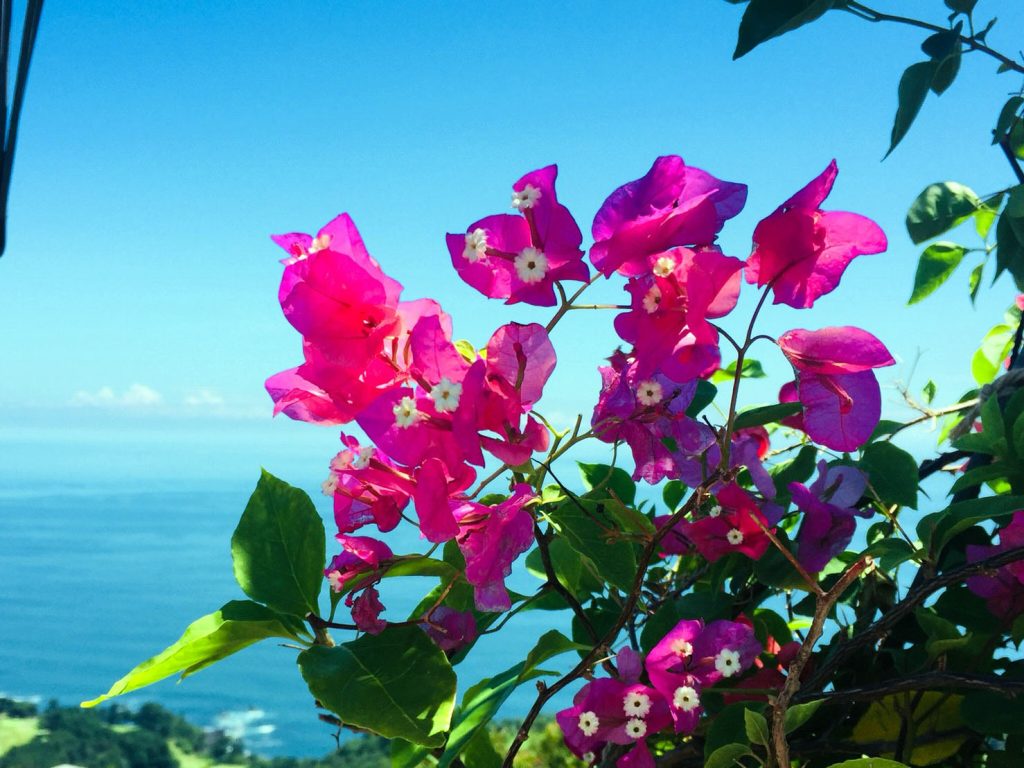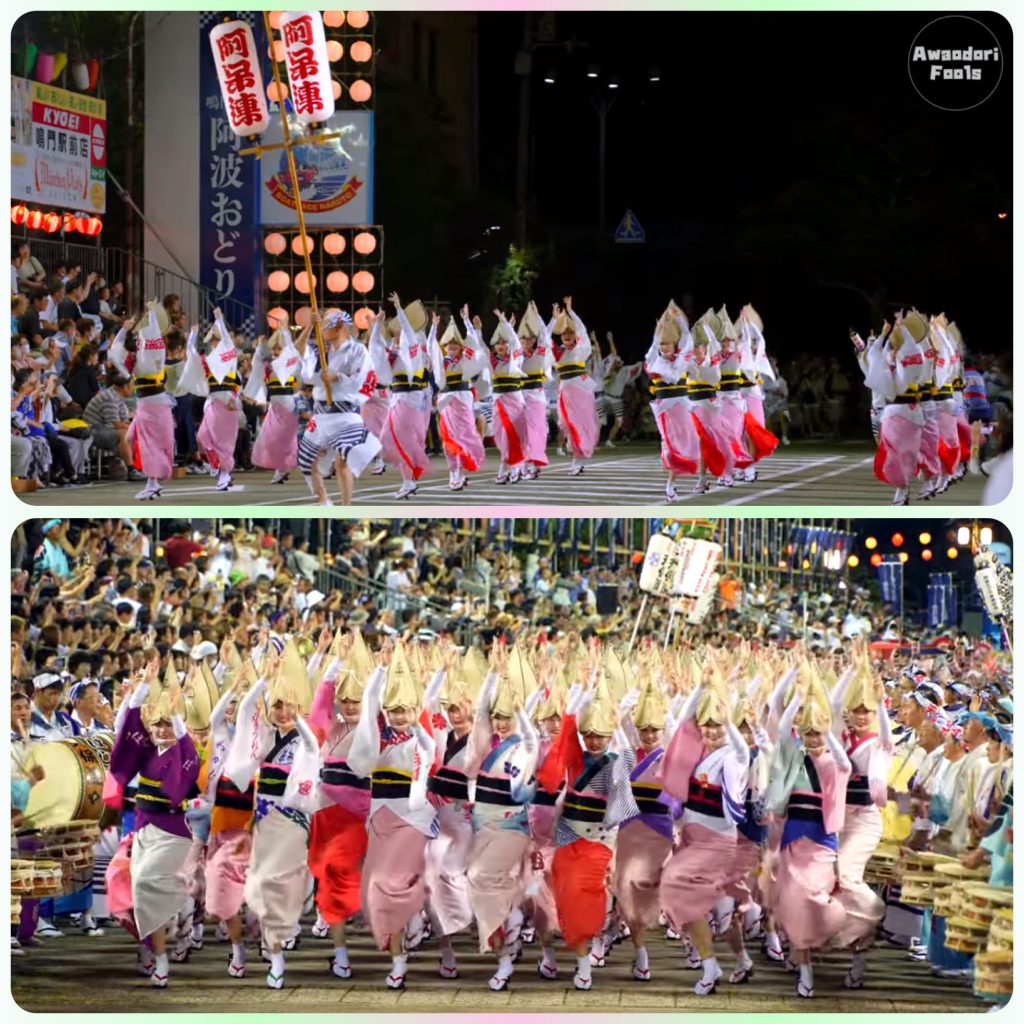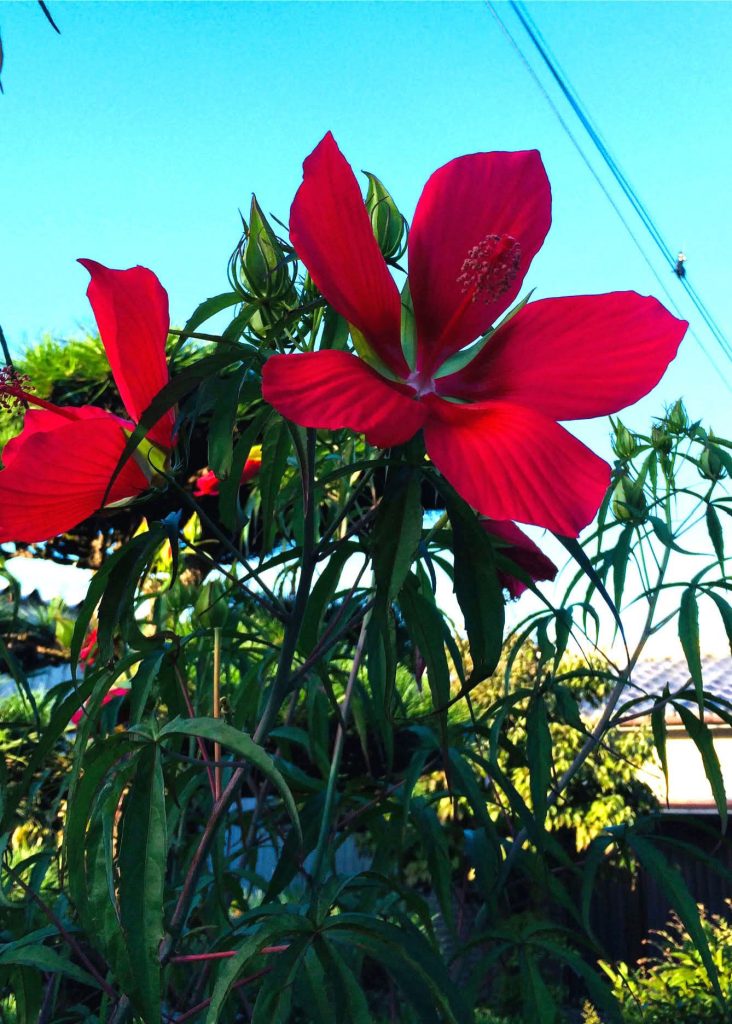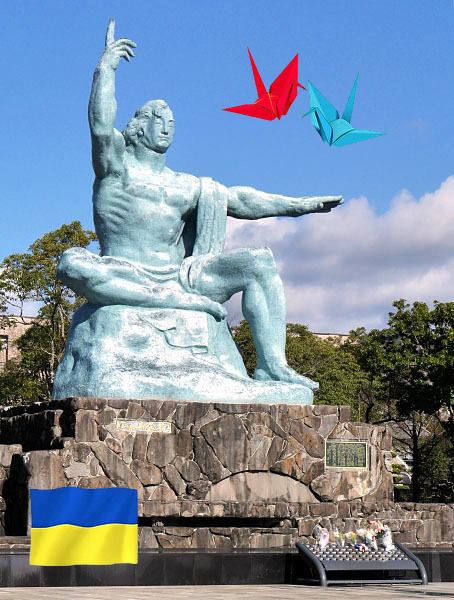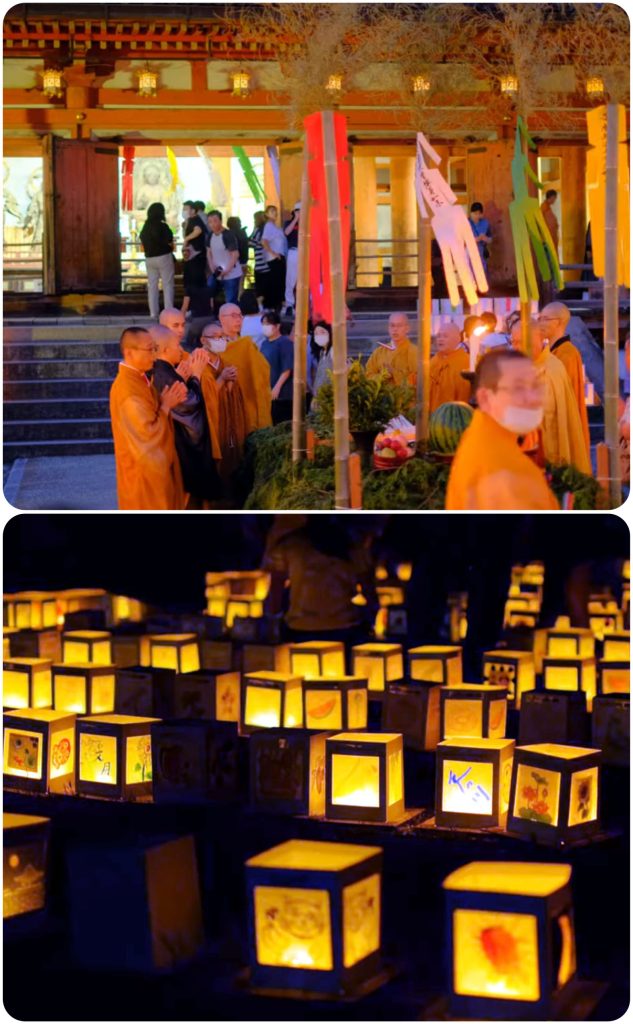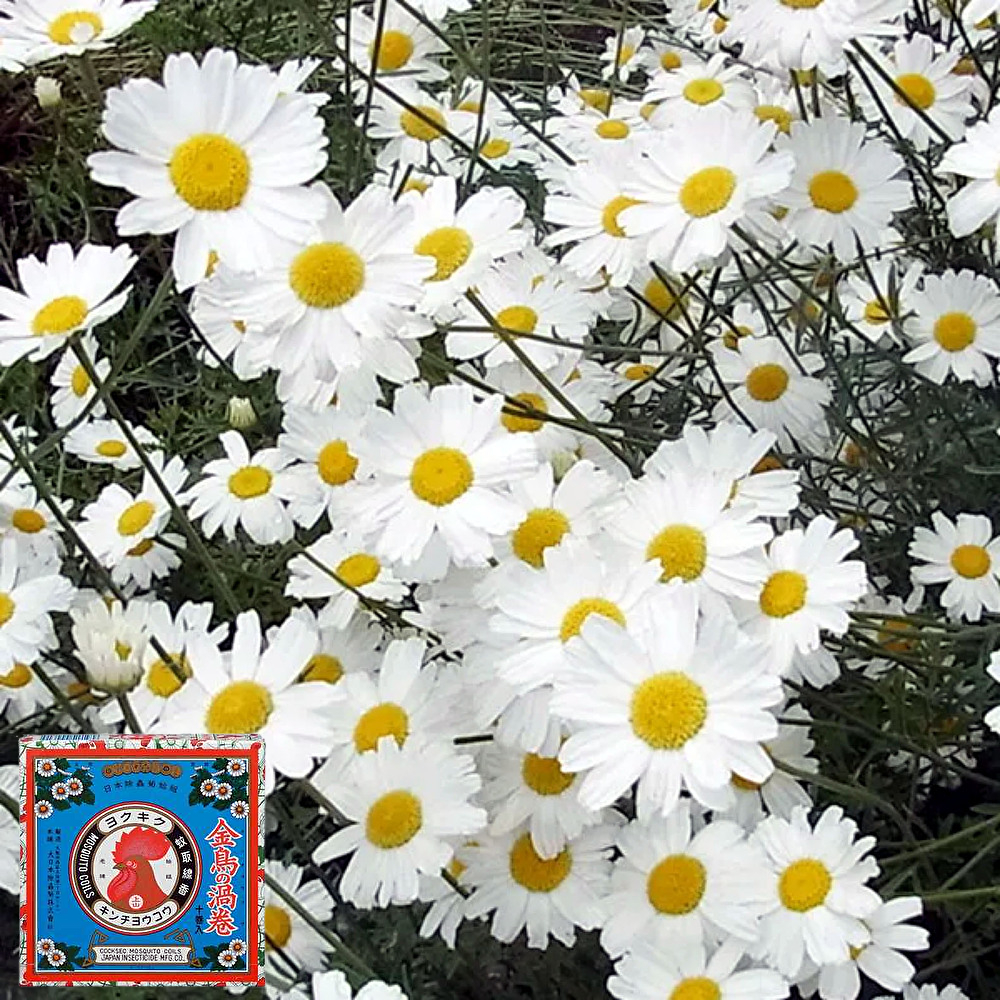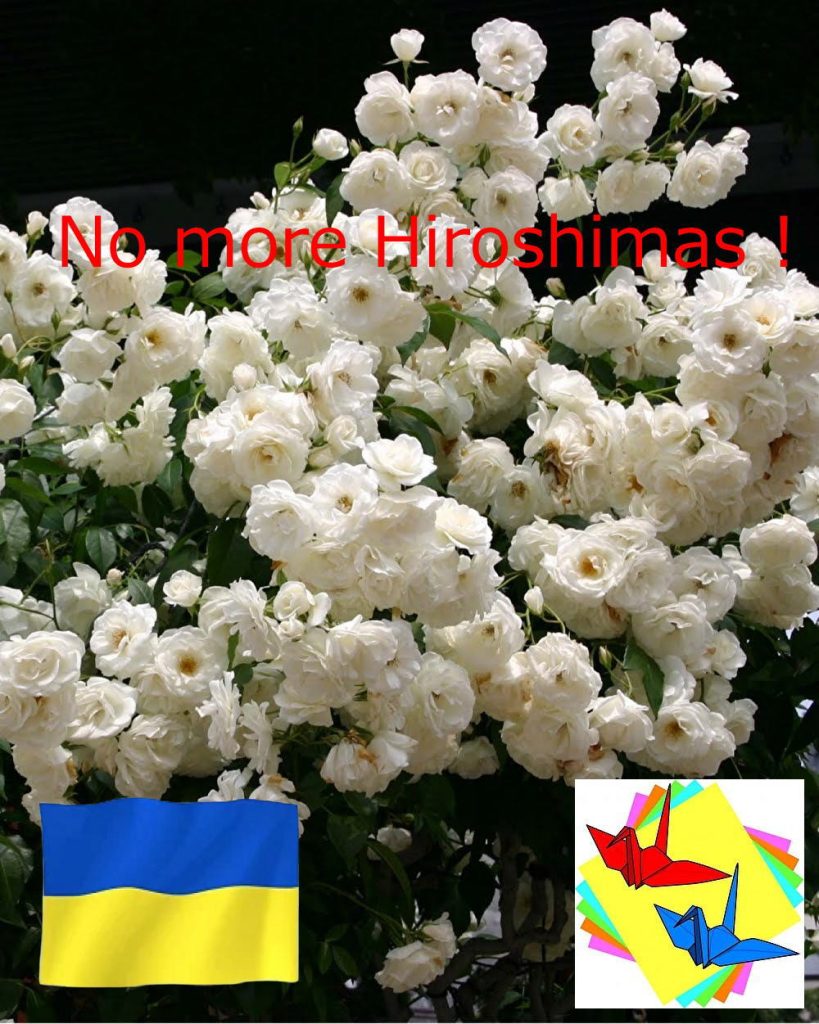
Upon reflection, August is quite a densely packed month. The temperatures can become extreme, reaching around 40 degrees Celsius, making it harsh. There’s the Atomic Bomb Memorial Day, the End of War Memorial Day, and also the Obon festival. With the summer vacation, people can enjoy leisure activities by the sea and in the mountains. While there are plenty of enjoyable things, there are also thought-provoking matters.
Just recently, in connection to Hiroshima’s Atomic Bomb Memorial Day, there was a discussion on NHK about the removal of the manga ‘Barefoot Gen’ from the materials used for peace education. There are various opinions, and it made me realize that it’s a complex issue. However, I believe the problem lies in the idea of selecting or not selecting a specific book as educational material for peace education. ‘Barefoot Gen’ can be used as educational material, and there are plenty of other good materials available as well. Students and teachers should be able to freely choose. If there are concerns, those can be discussed on a case-by-case basis, and I think that would contribute to peace education.
考えてみれば、8月はけっこう密度の濃い月です。気温も40度前後に達するほど過酷だし、原爆記念日あり、終戦記念日あり、そしてお盆もあります。夏休みがあり、海に山にとレジャーを満喫できます。楽しいことがいっぱいあるけれども、考えさせられることもいっぱいあります。先日も広島の原爆記念日にちなんで、漫画「はだしのゲン」が平和教育の教材から削除されたことがNHKで話題になっていました。いろんな意見があって、難しい問題だと考えさせられました。しかし、そもそも特定の一冊の本を平和教育の教材として採用する、また不採用にするということに問題がある様に思います。「はだしのゲン」も教材に使えばいいし、そのほかにも沢山いい教材があるんだから、生徒にも先生にも自由に選んでもらえばいい。もし、問題があれば、それもその都度議論すれば、それはそれで平和教育に資することになると思うんですが。

